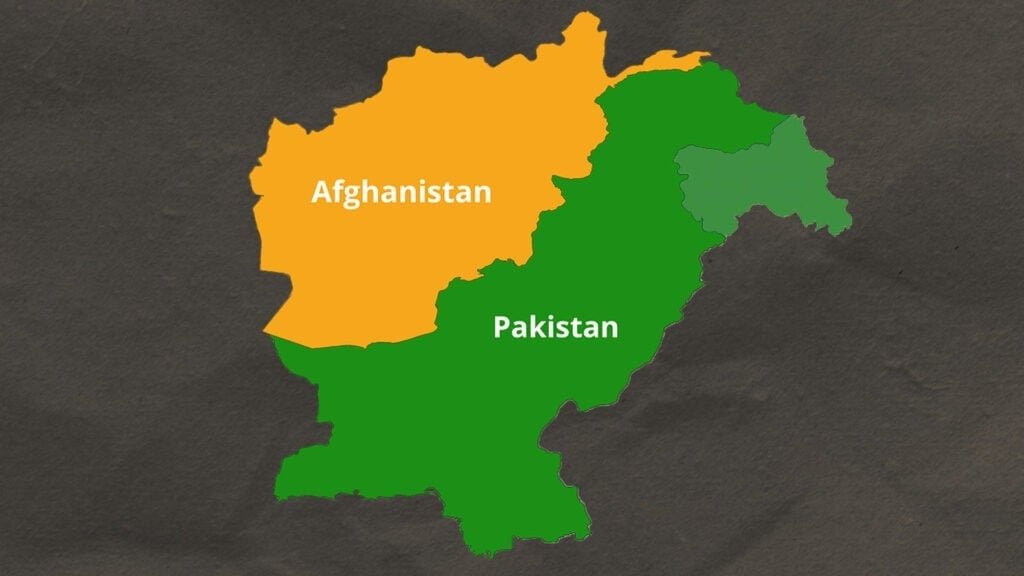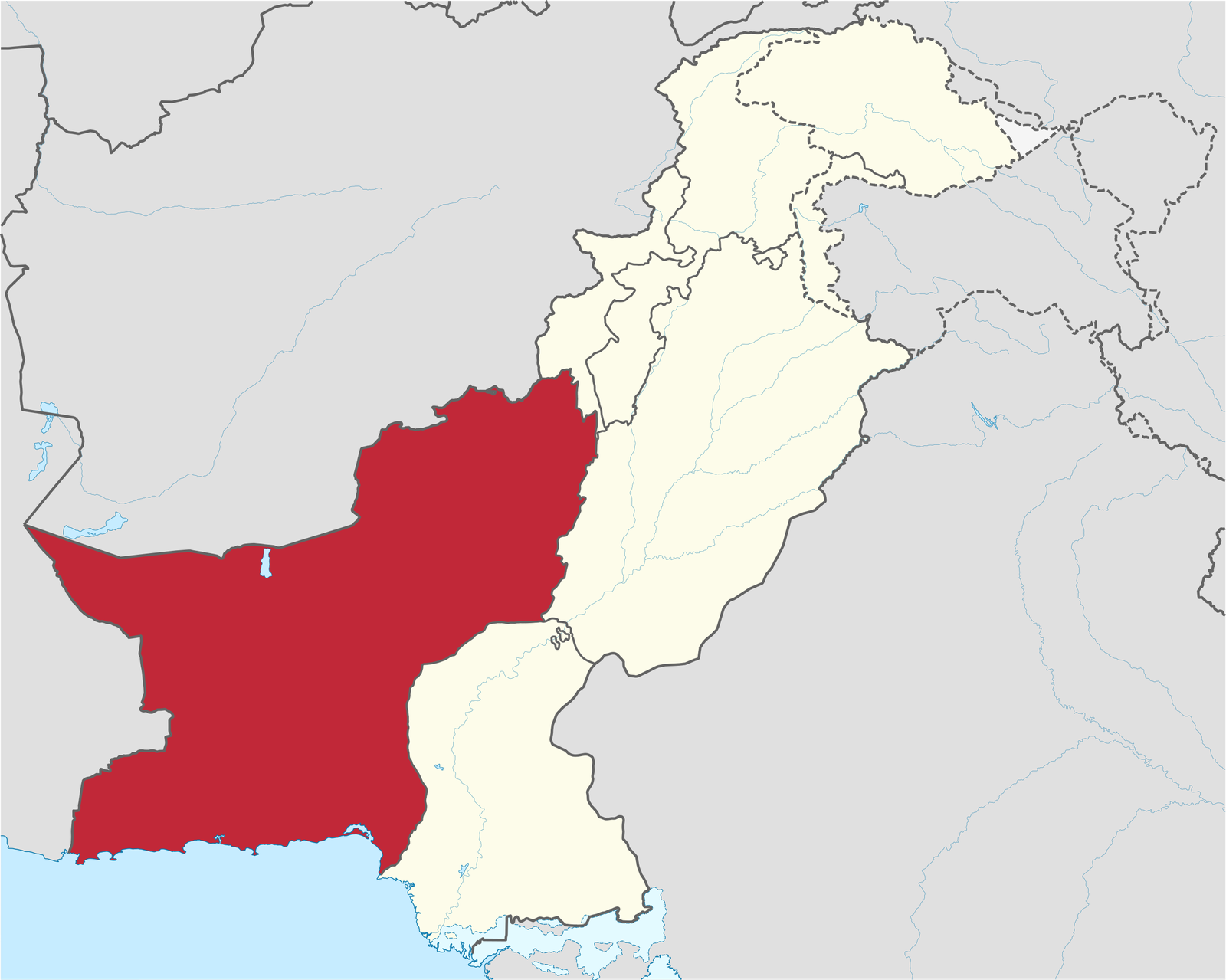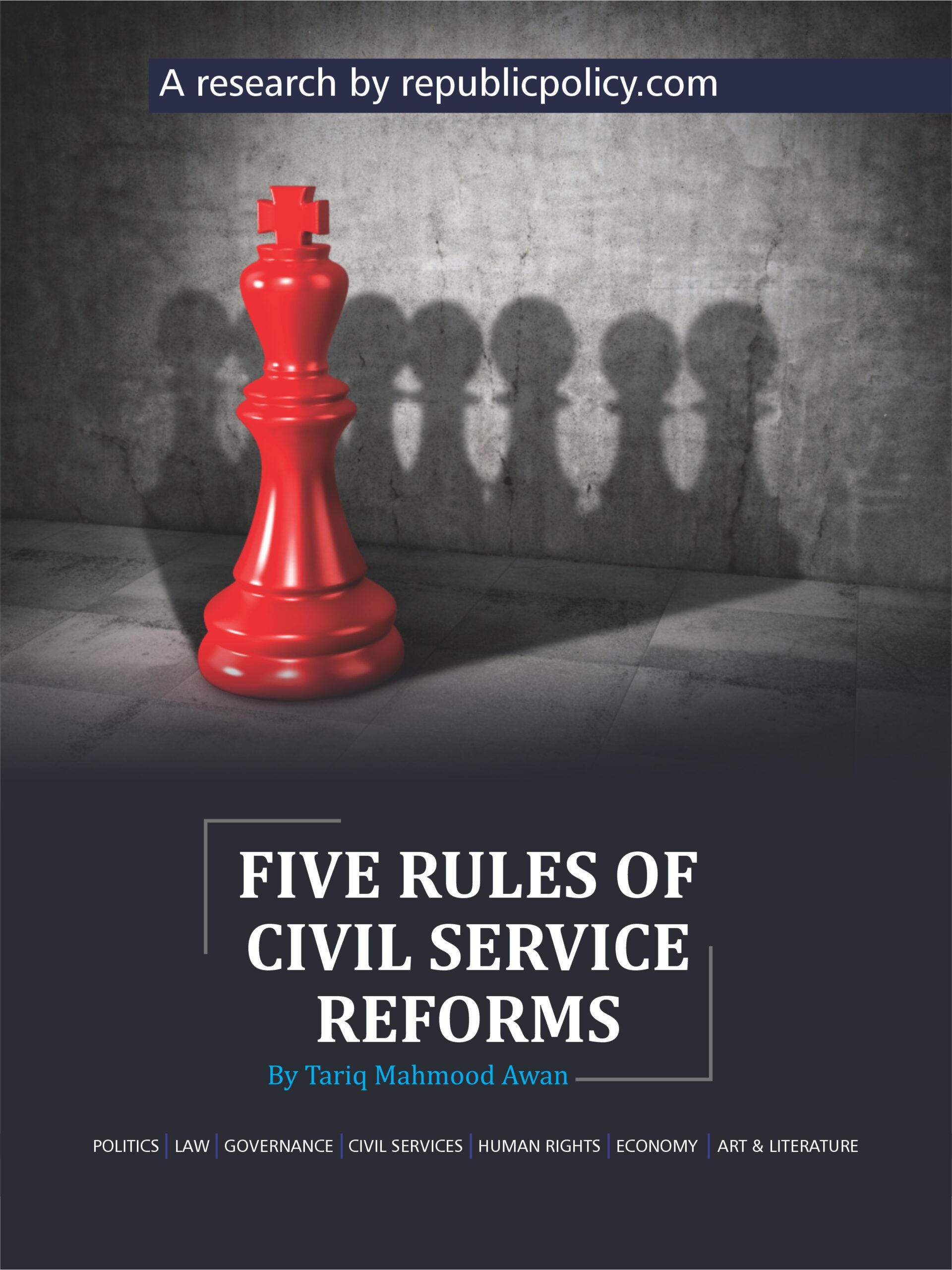Editorial
In the context of South and Central Asia, the Pashtun question has long been clouded by political manipulation and historical misconceptions. The reality is clear: nearly 60 million Pashtuns live in Pakistan, while Afghanistan’s Pashtun population barely reaches around 20 million. This means that roughly three-fourths of all Pashtuns reside within Pakistan’s internationally recognized borders — where they are an integral part of the country’s political, economic, and military fabric.
These demographic facts reaffirm that the Durand Line is not only a historical reality but also a legitimate international border grounded in geography and law. Afghanistan’s long-standing position of rejecting this border is not only detached from reality but also strategically unsound. Ethnic affiliations cannot override state sovereignty, especially when political and administrative structures are firmly established and functioning.
Follow Republic Policy on YouTube
Pashtuns in Pakistan are fully integrated into the national system and play central roles in governance, the armed forces, business, and culture. By contrast, Kabul’s insistence on pursuing foreign policy through an ethnic lens isolates Afghanistan regionally and endangers its internal security. The region cannot afford policies driven by outdated notions of ethnic nationalism.
The wise course for Afghanistan is to accept the Durand Line as a settled international border and build relations with Pakistan based on mutual respect and cooperation. Ironically, the ethnic argument that Kabul often invokes actually strengthens Pakistan’s case — since, by that logic, most Pashtun-majority areas naturally fall within Pakistan.















